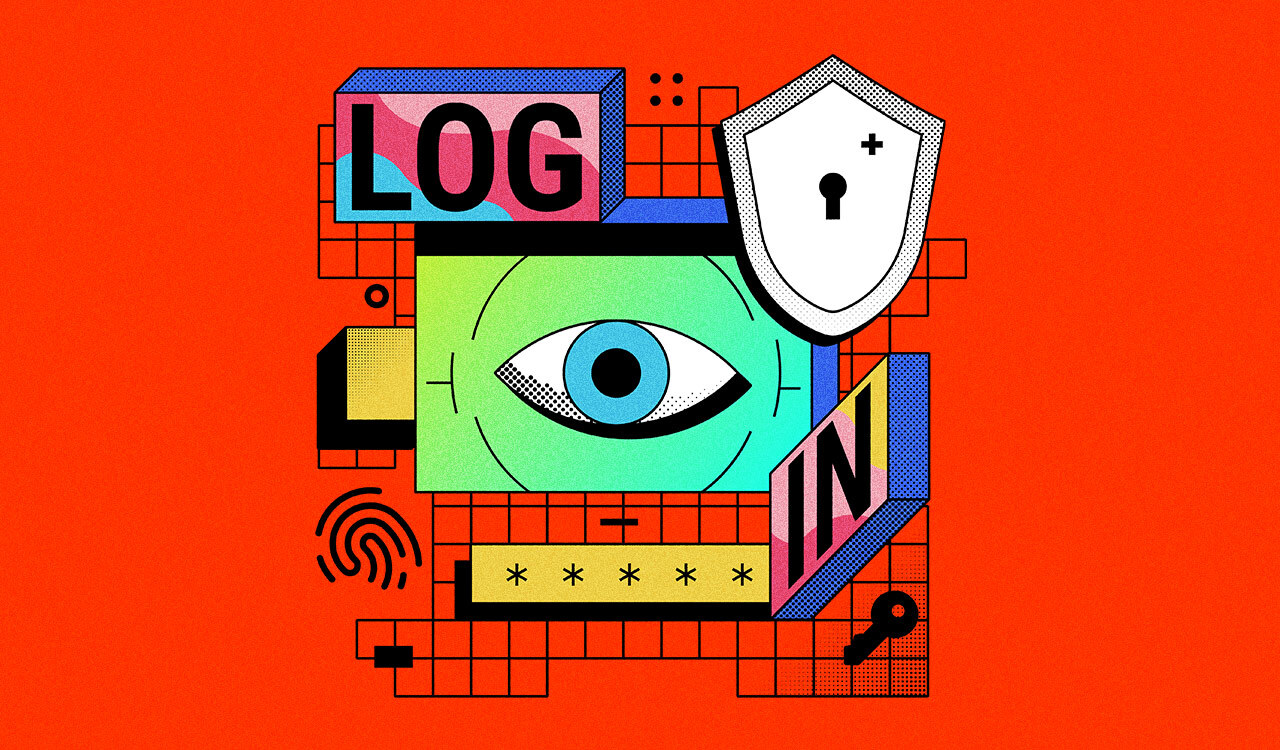Remember when the Paradox of Choice was published? Sociologist Barry Schwartz\’s thesis was that consumers were stunned by the sheer staggering number of product category options, and thus defaulted to making no choice. Scores of CPG clients began the laborious process of attempting to re-rationalize SKUs, until \”cease and desist\” orders were issued internally. The shelf space strategy was to edit the number of offerings to mitigate the paradox of choice syndrome, until the impact on slotting fees raised its ugly head.
Shopping vs Buying
The consumer in the time of Covid has forced our hands yet again. Today\’s product offering edit is not based on methodical brand stewardship, new product fitness survivalism or even the promotional death march to end-cap oblivion. Rather, shelf space shifted to pantry loading of paper towels, toilet paper and Lysol, and initially, supply underperformed demand.
One generation of marketers has addicted three generation of consumers to the heroin of price promotion. But in this new world, price is no longer the variable that matters. Speed, access to essentials and safety are the operative criteria.
Without in-aisle promotional diversions, BOGOs and sampling, shopping behavior has become less about discovery and more about utilitarian buying to get in and out of the store quickly. So, what is a CPG brand manager to do? All those promotional expense lines risk \”use it or lose it\” annihilation. So, what\’s a safe alternative? Perhaps invest in an app that mimics as best it can the sampling experience. Unlikely. The era of FSSIs and coupons is ending, also ending the practice of redemption data. All that promotional budget is at risk.
The New Price Promotion
As one terrific former P&G marketer memorably told me, \”One generation of marketers has addicted three generation of consumers to the heroin of price promotion.\” But in this new world, price is no longer the variable that matters. Speed, access to essentials and safety are the operative criteria. We\’re in entirely new terrain, requiring new mapping strategies. Who will emerge as the Lewis and Clarke of this brave new world?
Customer Research Gaps
Here\’s our modest proposal: Stop line extending into brand oblivion as the only safe bet to shoehorn innovation. Instead, look for serious white space. And how to find that? We\’re in a time when consumers are reluctant to trudge to a focus group facility and sit among strangers for two hours or invite researchers into their homes to conduct ethnographies — or head to malls to be intercepted for research surveys. This is a time when business as usual is anything but usual.
The challenge, then, is to ensure the consumer\’s voice is heard \”at the table\” with insights gleaned to make more robust (and robustly profitable) business decisions. The temptation will be the default mentality of data analysis based on blinding glimpses of the past. Yet, the operative financial marketing caveat is: \”Past results do not guarantee future performance.\”
Here\’s an example of that faulty history-based logic. Perhaps you remember, as I do, an ideation exercise designed to alert people to anticipation bias. Try it now. Look around the room and make particular note of everything that is blue. Any shade of blue. Now close your eyes. Call up everything green. Can you recall anything green? Probably not. You were too focused on recalling the blue items.
As a researcher, I\’ve begun to understand nearly every type of consumer research works to focus our attention on the issues the client poses. But the risk is that we selectively edit customer responses to reflect everything we\’ve metaphorically mentally coded as blue and we skip the greens. And reds. And yellows. And purples. So, while the \”voice of the consumer\” at the table is an immediate asset, there may be longer term benefits by reviewing various impartial studies that fill in the gaps of our selective listening.
Understanding Customer Choice
I have spent 20 years of discovery in a wide variety of categories, as far-flung as mail-order food, celebrity career transitions, Southern soft drinks, non-profit growth trajectories, Brazilian beauty products, baby food, vitamins, sweet baked goods, knitting yarns, luxury retail, audio systems, direct-to-consumer luxe, indulgent chocolates and over and over again, weight-loss regimens.
Our process is atypical and goes under the radar to get at the \”set point\” of consumer attitudes — and gee-whiz, have we found a lot going on. We focus on what\’s hidden in plain sight: to focus on the raw data inputs, not the aggregated results in published research studies. Why? Because much of what we learn are fascinating nuggets that can be remarkably relevant for companies and brands which had not commissioned the studies in the first place. A great deal gets left on the cutting room floor when doing marketing and business strategy work. We sweep up that floor searching for commonalities, as well as differences.
Human Behavior
Here are some anecdotal highlights of how to understand human behavior based on non-traditional research techniques. We focus of the why of behavior that shapes the what.
Men and women are, well, somewhat different. Duh. But this difference has particularly sharp elbows when it comes to several of their attitudes towards weight loss. And, perhaps, unsurprisingly, it is all wrapped up in attitudes towards sex, shame, guilt, gender, identity and, to a lesser degree, age and/or life stage.
- Men view their ability to eat vast quantities as a sign of potency. Irrespective of the fact they are no longer 17, no longer training for the track team and no longer holding their school notebooks in front of them to hide their post-puberty reactions to various cheerleaders. Men somehow believe the retention of those initial appetites is signaled by a radical disregard for calories. There is no guilt in bringing in a dozen donuts to the office, eating more than their fair share of pizza, or ingesting the full (deep-fried) meal deal at a TGIF, sloshed down by pitchers of beer.
- Women view weight as a signal of sex appeal. They have a \”fighting weight\” at which they feel great and it, too, is often indexed to that 17-year-old self. The distance between that weight and today\’s (often estimated) number tells them how appealing (or not) they view themselves. And sometimes rather than step on the scale, they prefer to imagine whether or not they can still fit into that wedding or prom dress.
- But a remarkable number of women also acknowledge a profound identity shift happens just about the time of their second child. They are now more mother than sexual being, nurturing the family, licking spoons to taste the recipe, snacking on savories direct from the bag and reluctant when clearing the table to consign uneaten, \”perfectly good\” portions directly to the garbage bin. They toggle back and forth from the guilt of food waste and the shame of eating to feed something … well beyond mere hunger.
- Indeed, in more than one study, a folkloric truism emerges: Among those brought up in eras of free love, \”zipless (frolicking),\” seamless birth control and other means of reducing physical and even emotional consequences, such as friends with benefits configurations, weight gain provides something of a gravitational pull away from reckless abandon. It becomes a tacit \”guard-all shield\” buffering sexual appetites.
- Food sharing as a stalking horse for sexual intimacy is not a news flash: Witness the \”food porn\” industry spanning the Food Network, recipe sites and cocktail table luxe food tomes. While dinner is an essential pulse point of the day, it needs to be reimagined nightly to transform it beyond a repetitive chore.
Fascinating, right? Weight loss product marketers are advised to think beyond developing portion-controlled products and brands. So, what might a fashion brand make of this weight loss research information? Or health systems? Or Nike, Apple or FitBit? As I said, using research from one industry and applying it to another, looking deeply into what motivates and inspires people, may have more relevant marketing guidance than a traditional product research study.
Final Insights
So, here is my modest proposal to consumer insight folks, brand managers and CMOs: Take a second look at all those binders on your bookcases from past studies. While the immediate implications were helpful five or so years ago, what else might be lurking in those pages to provide genuine insight and perhaps even a trajectory along which to plot a predictive through line, linked to the ever-present data snapshots of the recent past. It\’s about thinking differently and using research information sitting in front of you in a new way. Try it, it works!





